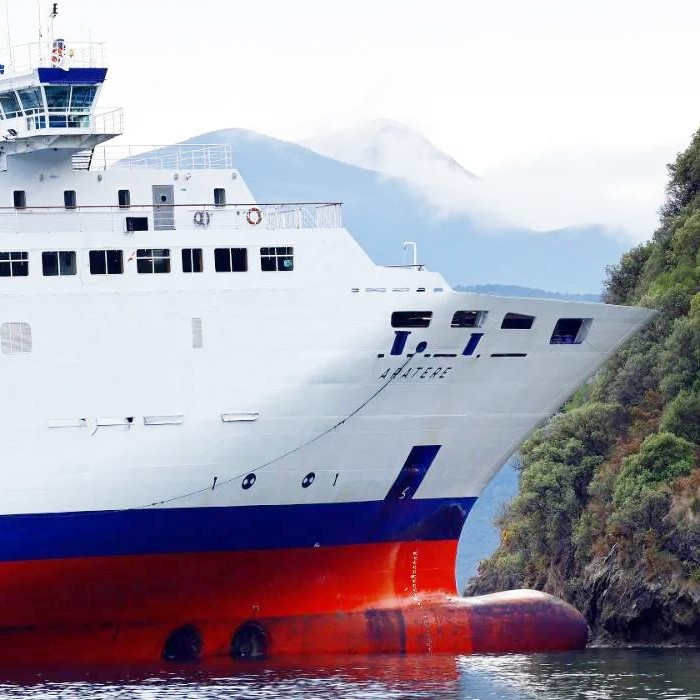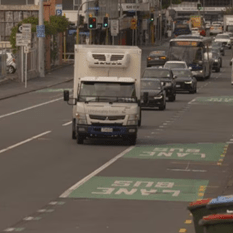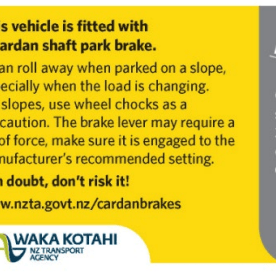
The issue
Over the past few months there has been growing frustration among livestock transport operators about the challenges they are facing.
To unpack these issues in May, the Road Transport Forum (RTF) facilitated a workshop so livestock transport operators could share their views on these challenges and government departments and agencies (Ministry for Primary Industries, WorkSafe and Waka Kotahi NZ Transport Agency) could listen, with a view to achieving sector-wide agreement on the significance of those issues and possible remedies. The intention of the workshop was not to lay blame anywhere, rather to adopt a solutions-focus to some of the challenges that extend beyond the livestock transport operators alone.
The workshop findings
In terms of key outcomes, there are three key areas that matter to operators:
• Safety and wellbeing of people
• Animal wellbeing
• Economic (business) sustainability
The challenges faced by operators, can be synthesised into, in no particular order, the following seven issues:
• Facilities (design and condition at pick-up and drop-off points etc.)
• Load preparedness (condition and readiness of animals etc.)
• Externalities (weather, traffic congestion, ferry delays, accidents etc.)
• Uncertainty (quality and timeliness of information, load/unload time etc.)
• Short lead-time (requests from MPI, meat works, livestock agents etc.)
• Infrastructure (mobile phone/internet coverage, stock effluent sites, parking sites etc.)
• Operational activity (handling agitated animals etc.)
Solutions
Remedies to the above challenges have been consolidated into three key areas:
• Improved business practice across the supply chain, for example but not limited to:
o Terms of Trade
o Service Level Agreements (lead time)
• Improved use of technology to communicate timely and accurate information consistent with the improved business practice requirements, for example but not limited to:
o Animal tallies
o Animal size and weight etc
o Location
• Improved fit-for-purpose facilities (includes: farms, sales yards and processing plants), for example but not limited to:
o Design guidelines for
• Ramps (load and unload)
• Space for unloading
o Assurance regime to maintain state of facilities
Insights
The issues that could be reasonably likely to be controlled, or arguably should already be controlled under the principle of chain of responsibility but are not, are largely due to influencers in the supply chain other than the transport operator. For example, the vast majority of the volatility and uncertainty faced by operators is largely a result of the business practices of farmers, livestock agents, and meat processing plants.
We have considered various approaches and respective risks. Continuing down a predominantly tactical path risks exacerbating the challenges and placing further pressure on operators. We believe the best way to bring real value to these transport operators is to embark on a more strategic response that ensures that rather than continuing to transfer and impose their risk on transport operators, all parties in the supply chain are meeting their obligations under law.
Progress since the workshop
As we expected, it has taken considerable effort to set up a cross-sector and cross-government group that can resolve the issues livestock transport face. However, we are pleased to now advise that in the past few weeks we have made significant progress and in our last meeting with the regulatory bodies (Waka Kotahi NZ Transport Agency, WorkSafe and the Ministry for Primary Industries) it was agreed they would jointly invite attendees and host the cross-sector meeting. We anticipate that meeting will be completed before the end of September.
We provided a briefing on this initiative to the National Livestock Transport and Safety Group (NLT&SG) at its meeting on 16 July.
We will continue to provide the industry with updates as each critical meeting progresses.




